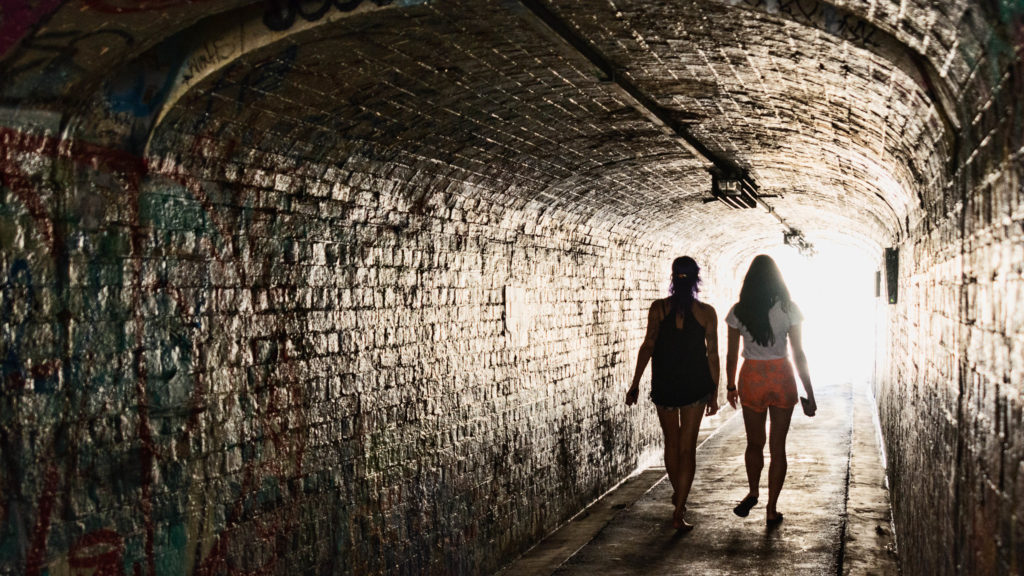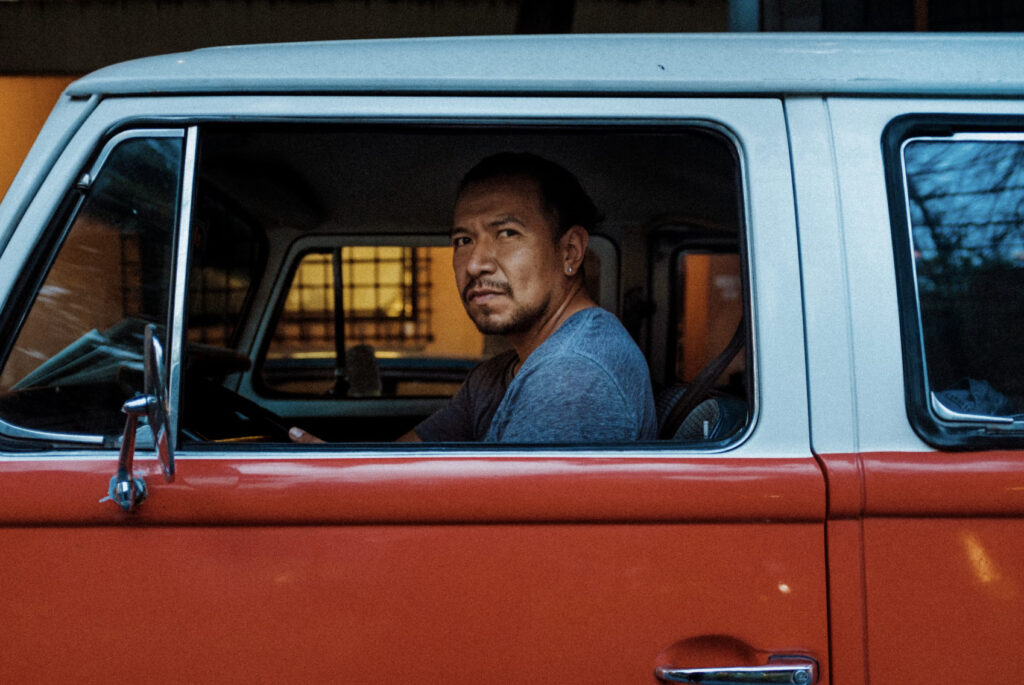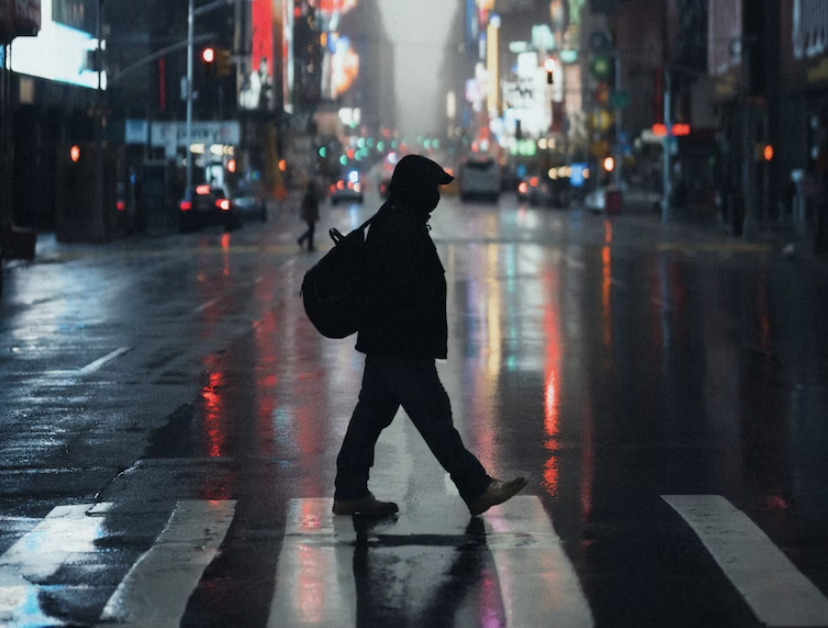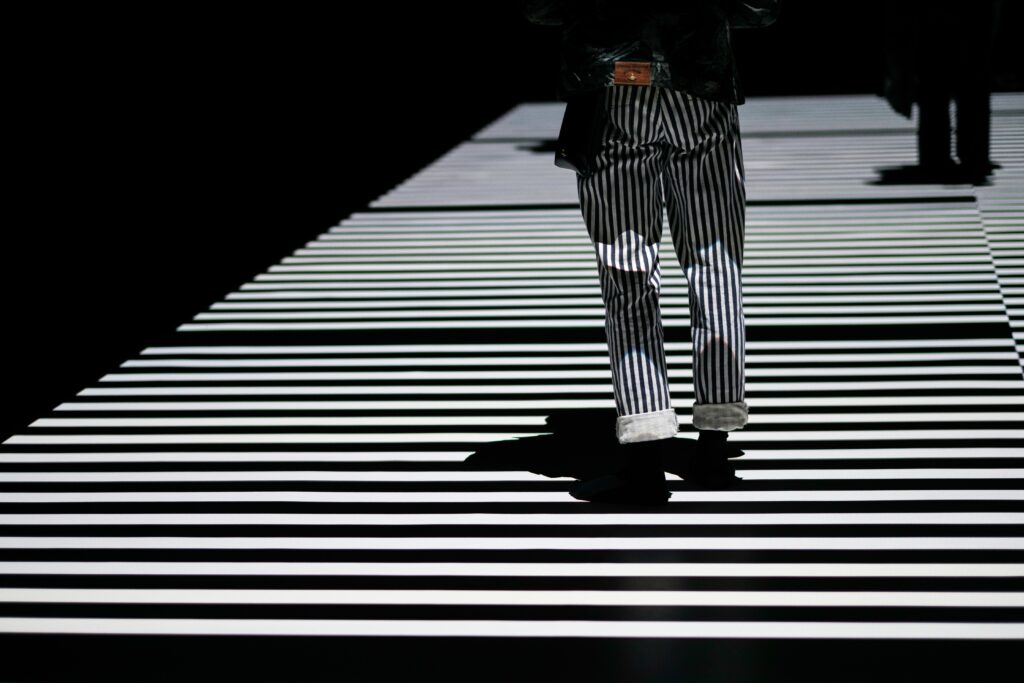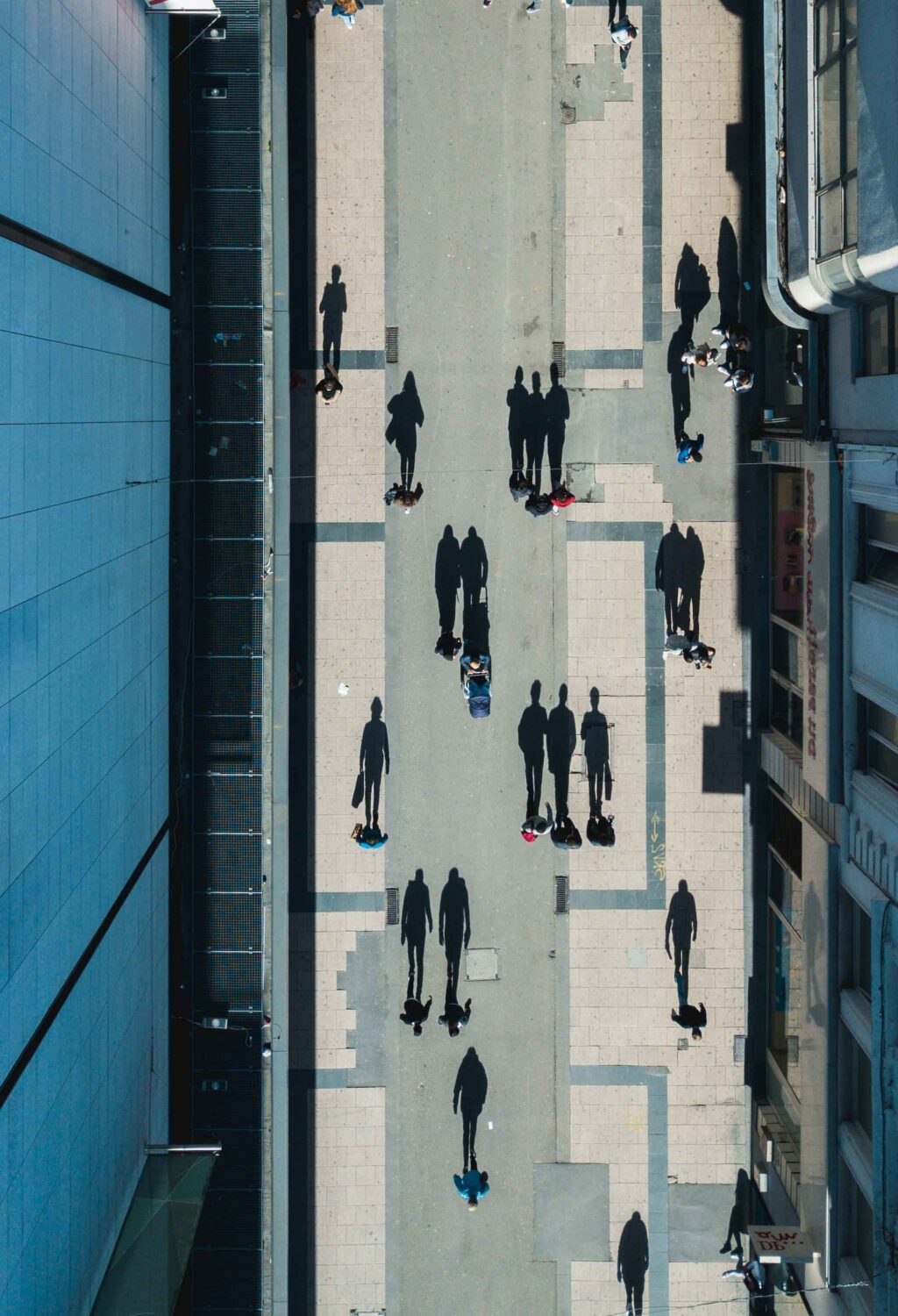The ever-increasing interest in street photography basically guarantees that readers will never have difficulty finding articles on the topic. Most of these articles, with good reason, are essentially affirmative how-to’s: how to approach strangers, how to get sharper street shots, so on and so forth. This works for most people. But not everyone learns the same way; the style in which information is presented to one individual simply not resonate with another.
So yes, here is another article dealing with street photography; but this time, I will take a slightly different approach and discuss some things you might want to avoid when doing street photography.
Don’t Put Too Much Distance Between You and Your Subject
Street photography, ironically, works best when there’s a sense of intimacy present in a photo. Your subjects may be total strangers, but for a brief moment your world and theirs collide in a meaningful way that allows you to capture a small piece of who they are. If you can’t effectively give your subject a prominent place in the frame, the photo will probably fail to have much impact. Of course, there are always exceptions to this, but as a rule, standoffish street photography isn’t very persuasive.
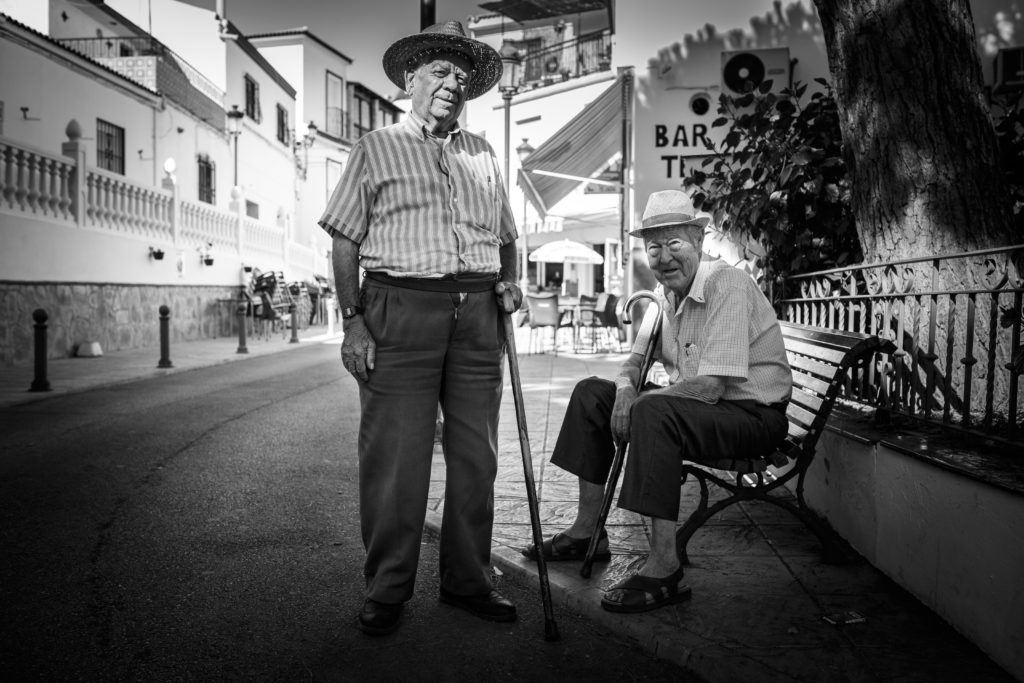
Don’t Photograph “Nothing”
By “nothing” I don’t mean empty space, rather “nothingness” in terms of visual interest. If you search through the glut of street photos on photo sharing sites, you will quickly discover how prevalent this problem is. Simply shooting a group of people waiting to cross the street doesn’t automatically qualify as interesting street photography; not even if you convert the image to black and white. You must provide the viewer with a point of interest, something to identify with. You always need a clearly defined subject (and remember, your subject doesn’t always have to be a person just because it’s street photography).
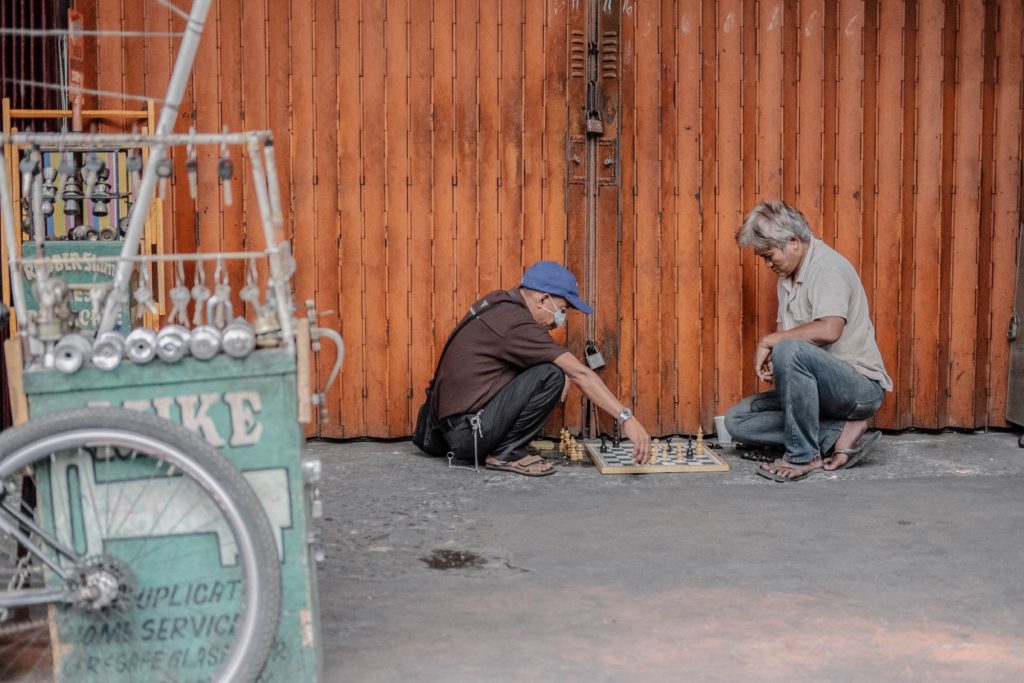
Don’t Neglect Effective Composition
You have to think fast and always be prepared when doing street photography; things will happen pretty quickly and you want to be able to capture them. In your haste, you might not nail focus or exposure, but there’s no excuse for using the “spray and pray” technique, hoping to catch something of interest all while having no concern for framing and composition. Along with an interesting subject, good composition goes a long way in determining if you’ve got a keeper. A photo that was obviously snapped haphazardly, characterized by a lack of visual structure, isn’t going to be of much interest to your audience.
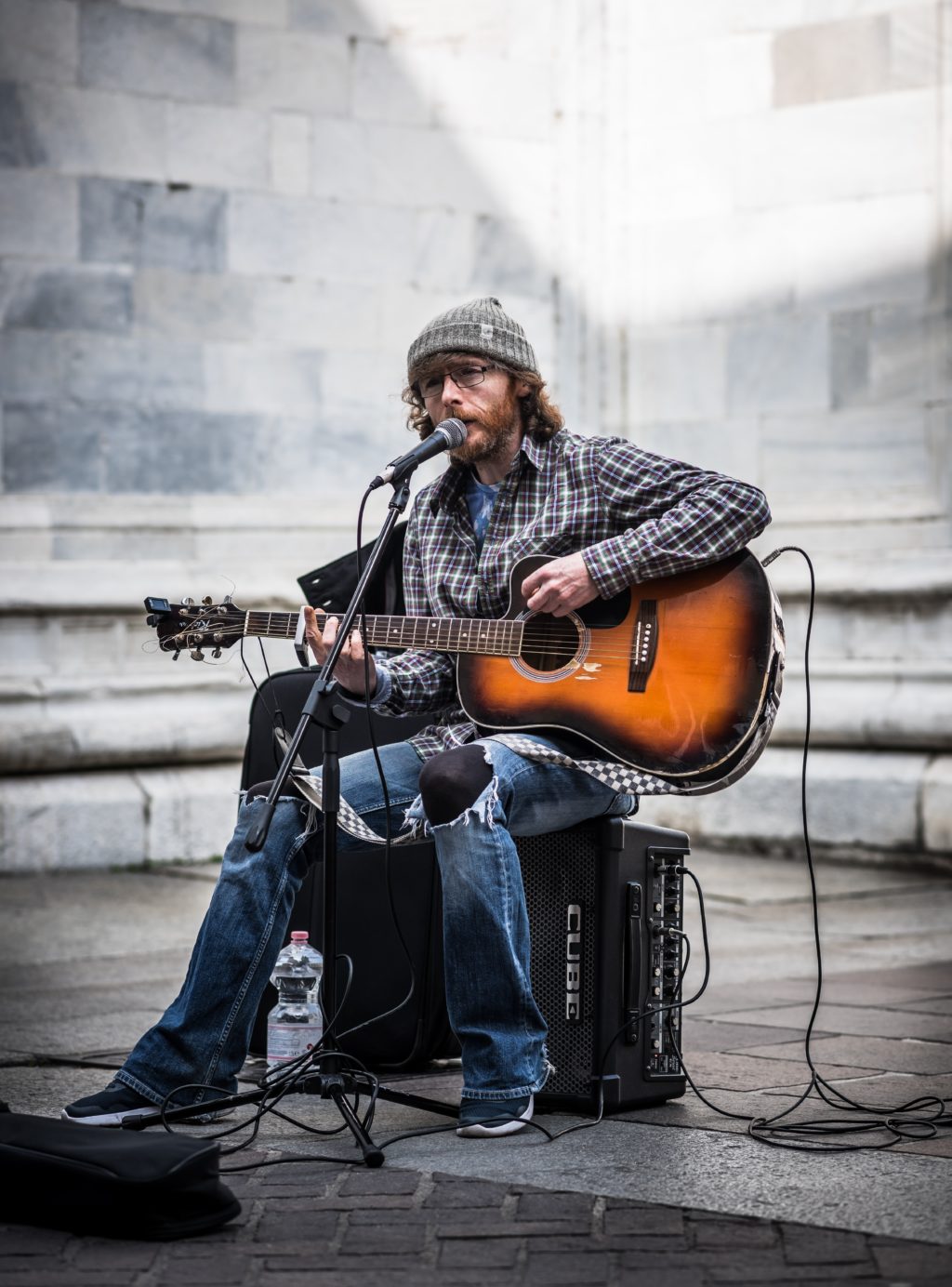
Don’t Succumb to the Bokeh Hype
Unless you’re specifically doing street portraiture, don’t waste your time worrying about shallow depth of field and the accompanying “bokeh.” Classic street photography benefits from deeper depth of field due to the presence of context; when photographing people on the street you want to make the environment a part of the image. Working with an aperture of f/8, for example, allows you to do this — not to mention you’ll find focusing much easier at f/8 than you will trying to work with f/1.4. Sure, this is a matter of personal taste; just don’t let your pursuit of blurred backgrounds become an ironic distraction.
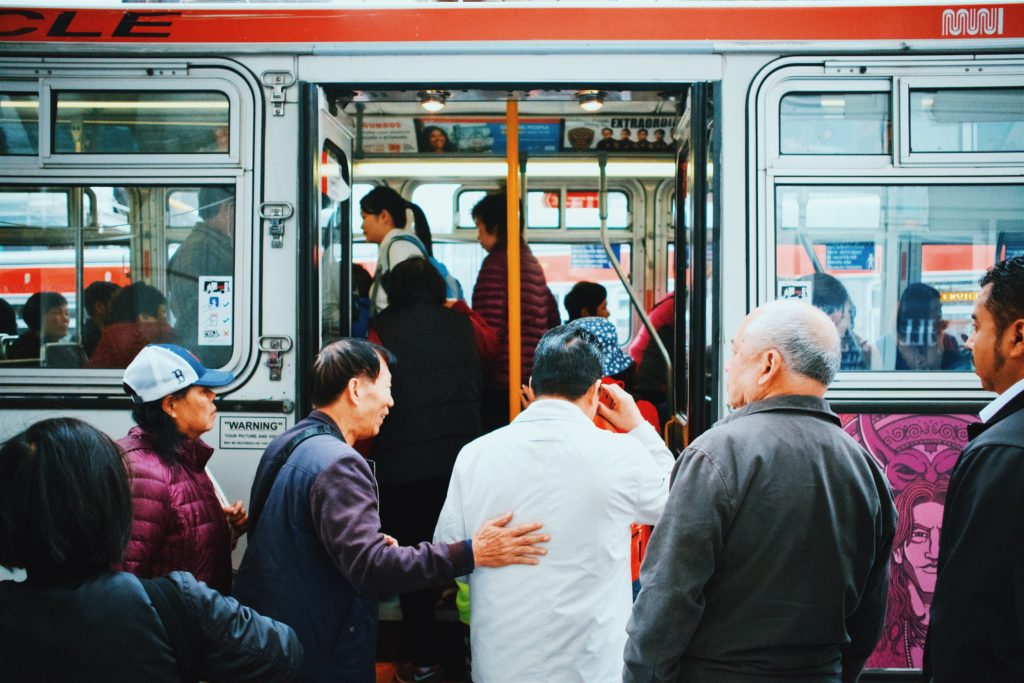
Don’t Exploit the Homeless and Street Performers
Though not everyone will agree, Dzvonko Petrovski addressed perfectly why street photographers shouldn’t be so quick to point their lens in the direction of homeless people. Ethical and moral considerations notwithstanding, homeless people and street performers are easy targets. Unless you are doing a meaningful photo essay on one of these populations, you run the risk of your shots coming off as lazy and exploitative. If that is not the reputation you want to establish for yourself, always be respectful of who you photograph — as well as who you don’t photograph.
Don’t Go Crazy in Post Processing
The definition of “crazy” is going to vary widely from one person to the next; keep in mind that street photography is best kept simple when it comes to post processing. Black and white is classic, but there’s no rule that says street shots have to be black and white. Color works, too. Just avoid faddish or gimmicky styles of processing. If you apply a certain look to one of your images that you’re unsure about, leave it for a day or two. If, upon subsequent viewing, you can’t stand looking at it…there’s your answer. But if you’re happy with it, then that’s what matters most in the end.
